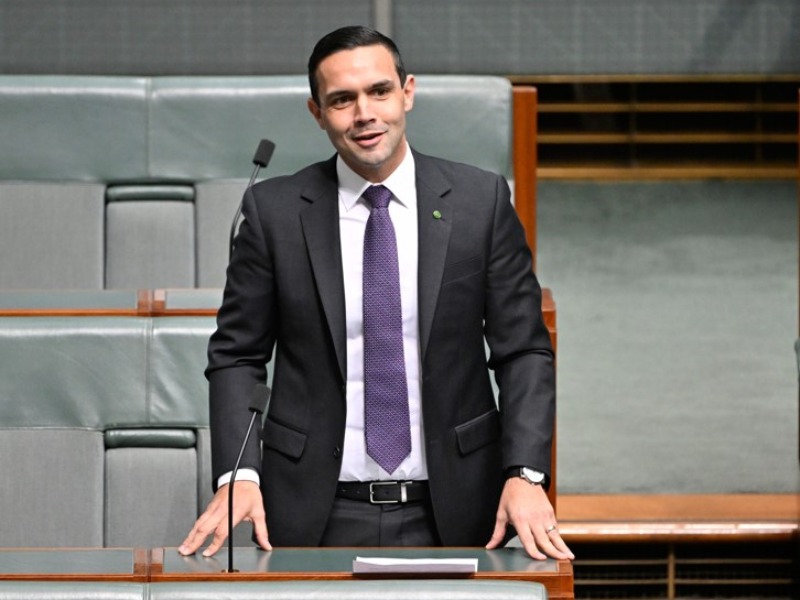The consumer data right, or CDR, is a pioneering economic reform that gives consumers the ability to safely share the data Australian businesses hold about them for their own benefit. Consumers can better manage cost-of-living pressures, saving time and effort in a safe and regulated environment.
These were the precise words used by Assistant Treasurer Stephen Jones, when introducing the latest CDR bill to Parliament in 2022. The bill would enable ‘action initiation’ across the CDR, which in basic terms allows consumers to use the CDR for more than just data sharing.
Updating accounts would be easier. Switching from one provider to another, to get a better deal, would be easier. Privacy and security would be stronger. All reasons why the Assistant Treasurer referred to action initiation on the CDR as a ‘game changer.’

Investment in the CDR has been significant, with the federal government spending over $400 million since 2019. The aspirations of the CDR are equally significant, and include rollout across further sectors, and advanced features that empower consumers to use their own data to their advantage.
But under the Labor government, we have seen no further progress. The CDR has been limited to a basic data sharing system. Labor have stalled the rollout to further sectors, which include non-bank lending, telecommunications and insurance, and inexplicably failed to advance their own action initiation bill.
This act of sabotage translates to the Labor government wilfully preventing consumers from easily switching to better energy deals, shifting from high-interest payday loans, or easily switching to a better mortgage deal.
Concerning data from the University of Melbourne last week indicated pawnbrokers, side-stepping much regulation, are charging interest rates equivalent to 420 per cent a year. If the CDR functioned as intended across this sector, these customers would be empowered to readily identify and switch to better products.
Despite public positions claiming to support the CDR, this slowdown is exactly what the banks, super funds, and insurers want. Anything that dilutes margins, or makes customers less sticky, is a direct threat. Their industry representatives have been remarkably successful in convincing the government to turn its back on consumer benefit, in favour of these vested interests.
Like many Labor government priorities, the CDR is stuck in a state of permanent review. A statutory review released in mid-2023 recommended the rollout continue, highlighting action initiation as a fundamental component of a successful system.
In response to this review, Mr Jones chose to announce the government would slow progress, and perform a further review in ‘late 2024.’ This political procrastination ultimately means the CDR rollout delays are now significant. Were this a large-scale IT project, overseen by a CEO and accountable to a Board, we would be reading about the CEO deciding to ‘spend more time with family.’
Deloitte recently reported that expanding the CDR beyond banking and energy would add $16.7 billion to the economy by 2043. Fintech Australia, in its Australian Open Banking Ecosystem Map and Report noted 99.74 per cent of consumer bank accounts are connected to the CDR, and use cases are increasing.
For anyone that cares about seeing Australia as a world-class digital economy, it is frustrating to see the government’s lack of commitment and delivery. Even the recommendations of its own reviews, and the opinion of industry experts does not seem to register.
The solution to getting the CDR back on track is more straightforward than the government will admit.
The first step is to simply allow the action initiation bill to pass through the Senate, and let the industry get on with developing the system as originally intended. This is not controversial legislation and could be done on the next sitting day.
The Assistant Treasurer needs to provide direction and certainty to all CDR participants. Instead of relying on vague public speeches at conferences, industry needs set dates, directions, and continued engagement to give it sufficient time to prepare.
The substantial investment by the federal government, banks and energy companies needs to be safeguarded. If the CDR fails to get back on track, there is a very real possibility the ecosystem is taken over by a single commercial interest.
It’s time the Assistant Treasurer wakes up to the fact the CDR can help address cost of living challenges, consumer protections, and economic growth.
Do you know more? Contact James Riley via Email.
